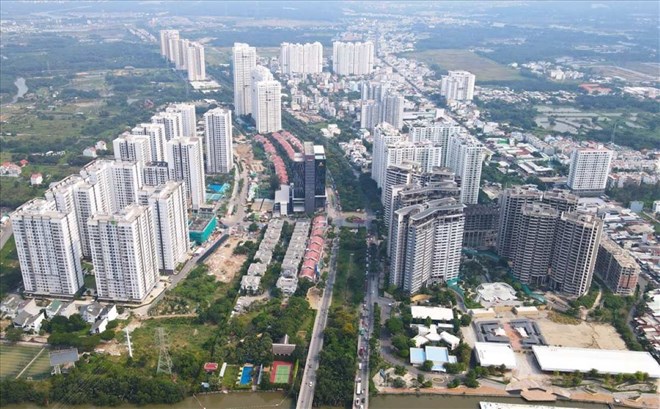 A corner of Nha Be district. Photo: Anh Tu
A corner of Nha Be district. Photo: Anh Tu
According to the Ho Chi Minh City Planning for the period 2021 - 2030, with a vision to 2050, within the next 5 years, Ho Chi Minh City will be a special urban area including a central urban area and 6 affiliated urban areas.
Thu Duc City (type I urban area) will be a parallel urban area, playing the role of a new growth pole.
Five suburban districts including Cu Chi, Hoc Mon, Binh Chanh, Nha Be and Can Gio are new satellite cities, gateways to Ho Chi Minh City.
After 2030, Ho Chi Minh City will begin to build urban areas according to the multi-center city model including: Central urban area; Thu Duc urban area; Cu Chi - Hoc Mon urban area, Binh Chanh urban area; District 7 - Nha Be urban area; Can Gio marine ecological urban area.
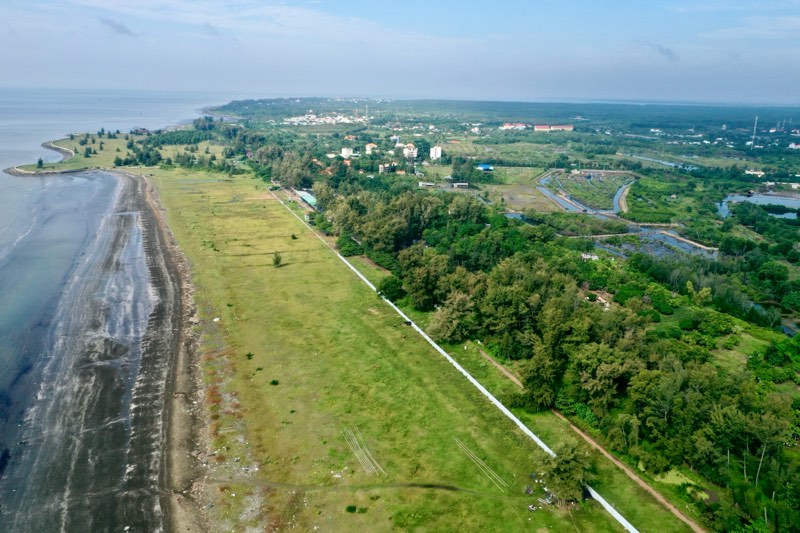 The area for building the Can Gio coastal urban area has a scale of 2,870 hectares. Photo: Minh Tam
The area for building the Can Gio coastal urban area has a scale of 2,870 hectares. Photo: Minh Tam
Previously, the multi-center urban model was implemented by Ho Chi Minh City with plans such as the South Saigon urban area (District 7, District 8, Binh Chanh) and the Northwest urban area (Cu Chi, Hoc Mon).
However, due to lack of synchronous investment in technical and social infrastructure, these urban areas have not developed as expected.
This time, the new satellite cities will be built in a direction of relatively independent development, ensuring a balance of local labor, limiting the situation of people moving to the center to work. In addition, each city will have its own function, suitable to the potential of each area.
According to Architect Ngo Viet Nam Son, a true satellite city must have full infrastructure and services such as hospitals, schools, transportation, entertainment... ensuring that people can live and work right on the spot without having to move to the center.
“If infrastructure is not fully invested, people still have to go to the inner city to use services, then the satellite city model will no longer be meaningful,” said Mr. Son.
Therefore, according to Mr. Son, from now until 2030, districts need to focus on developing infrastructure first, from education, health care to transportation, and then consider converting the urban model.
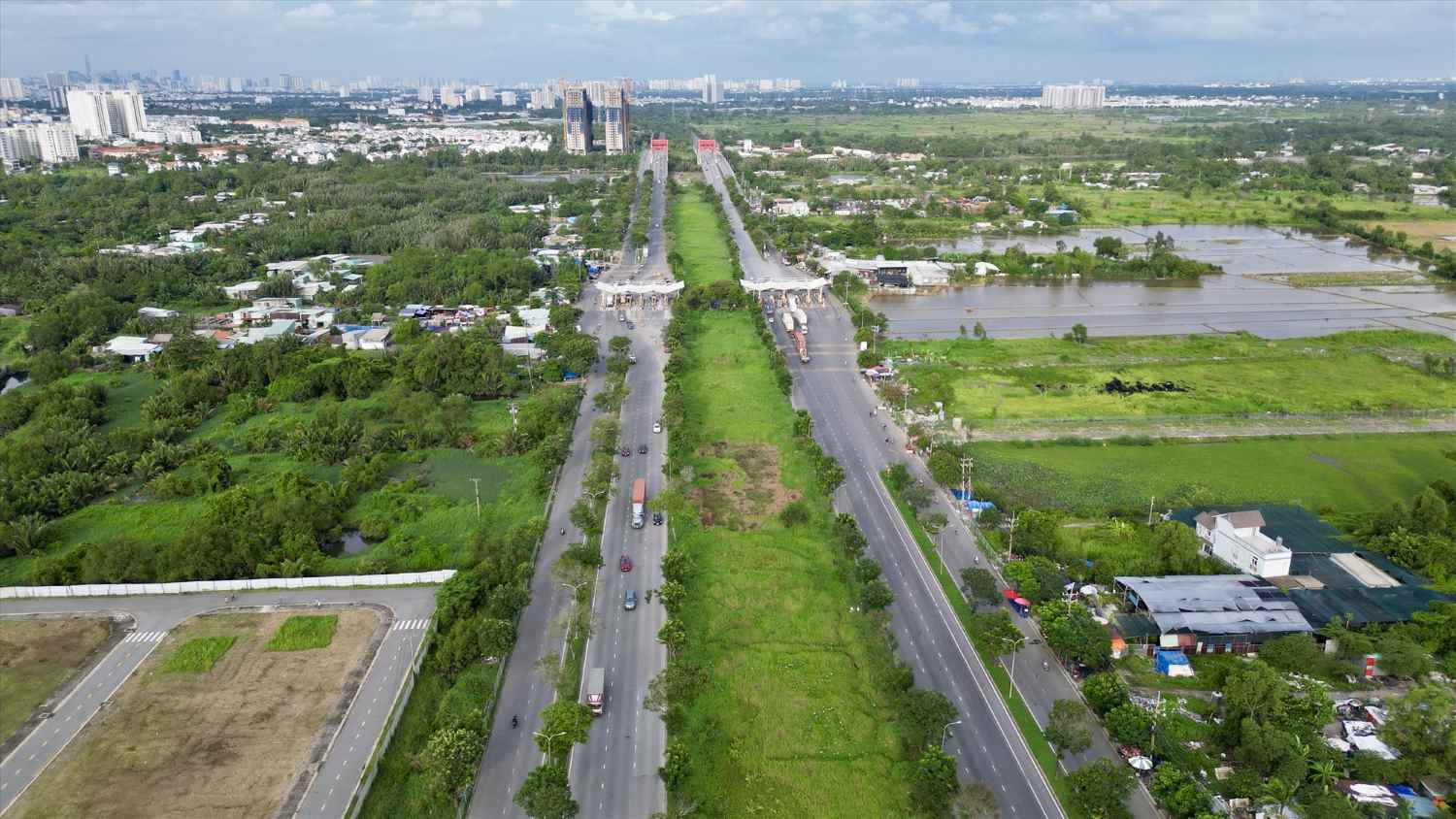 Nguyen Van Linh Avenue through Binh Chanh District, Ho Chi Minh City. Photo: Anh Tu
Nguyen Van Linh Avenue through Binh Chanh District, Ho Chi Minh City. Photo: Anh Tu
Districts are now gradually preparing for this transformation. In Nha Be district, District Party Secretary Duong The Trung said the locality is studying new planning to maximize development opportunities.
Nha Be identifies its great advantage as its seaport system, so it will invest heavily in logistics, exhibition centers and development drivers.
The district will also exploit land funds to attract investment, build modern satellite cities, aim for a model and be ready to upgrade to a city directly under Ho Chi Minh City in the future, combined with District 7. The district is building a roadmap and specific implementation plan.
Chairman of Can Gio District People's Committee Nguyen Van Hong said that the new planning is a great opportunity to accelerate development and realize Resolution 12 of the Ho Chi Minh City Party Committee on the development orientation of Can Gio district until 2030.
In the coming time, the district will focus on three key projects, playing the role of development levers: Can Gio International Transit Port; Can Gio Bridge; Can Gio coastal urban area (2,870 hectares wide).
Laodong.vn
Source: https://laodong.vn/bat-dong-san/tphcm-nang-cap-5-huyen-thanh-5-do-thi-ve-tinh-hien-dai-1456962.ldo


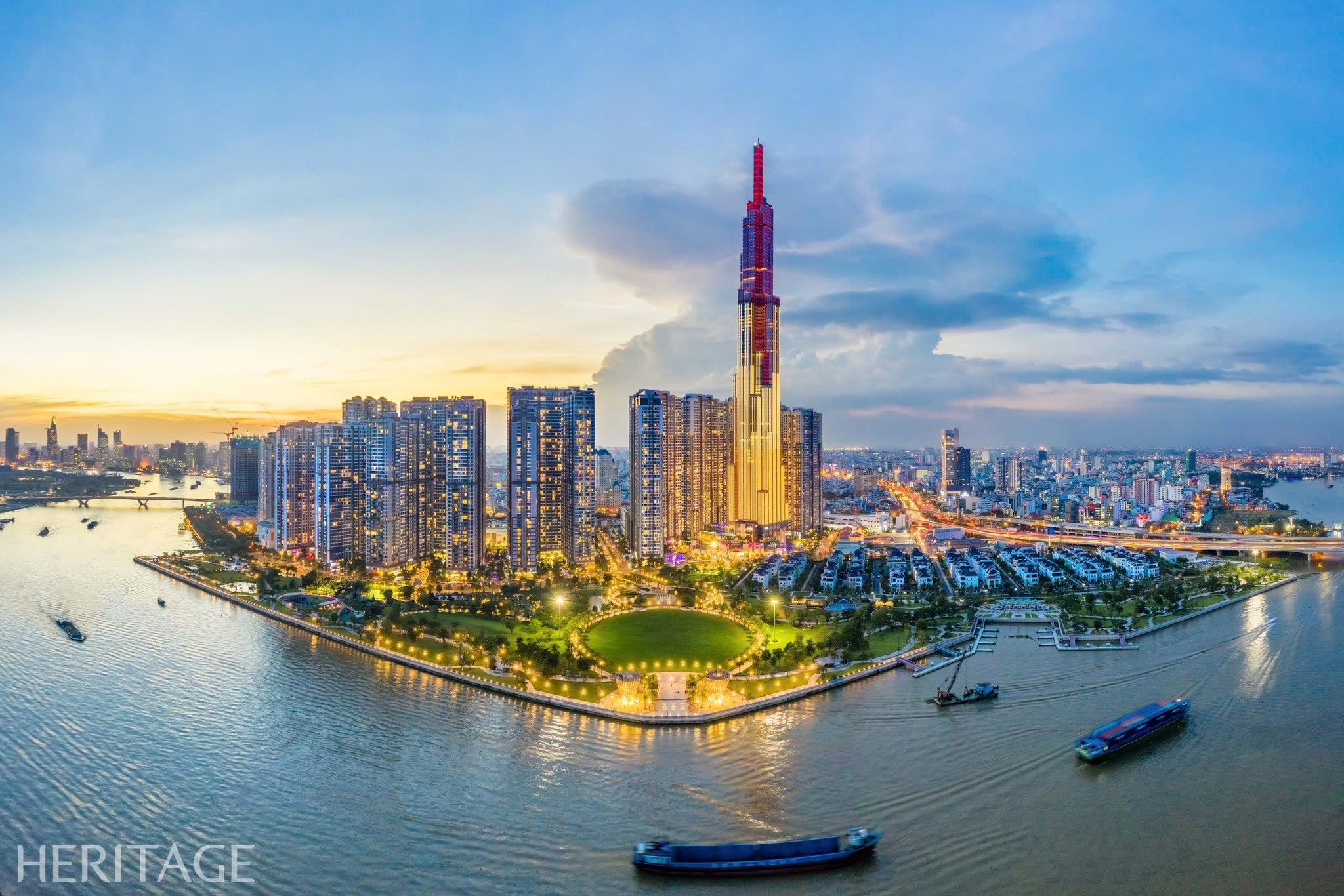

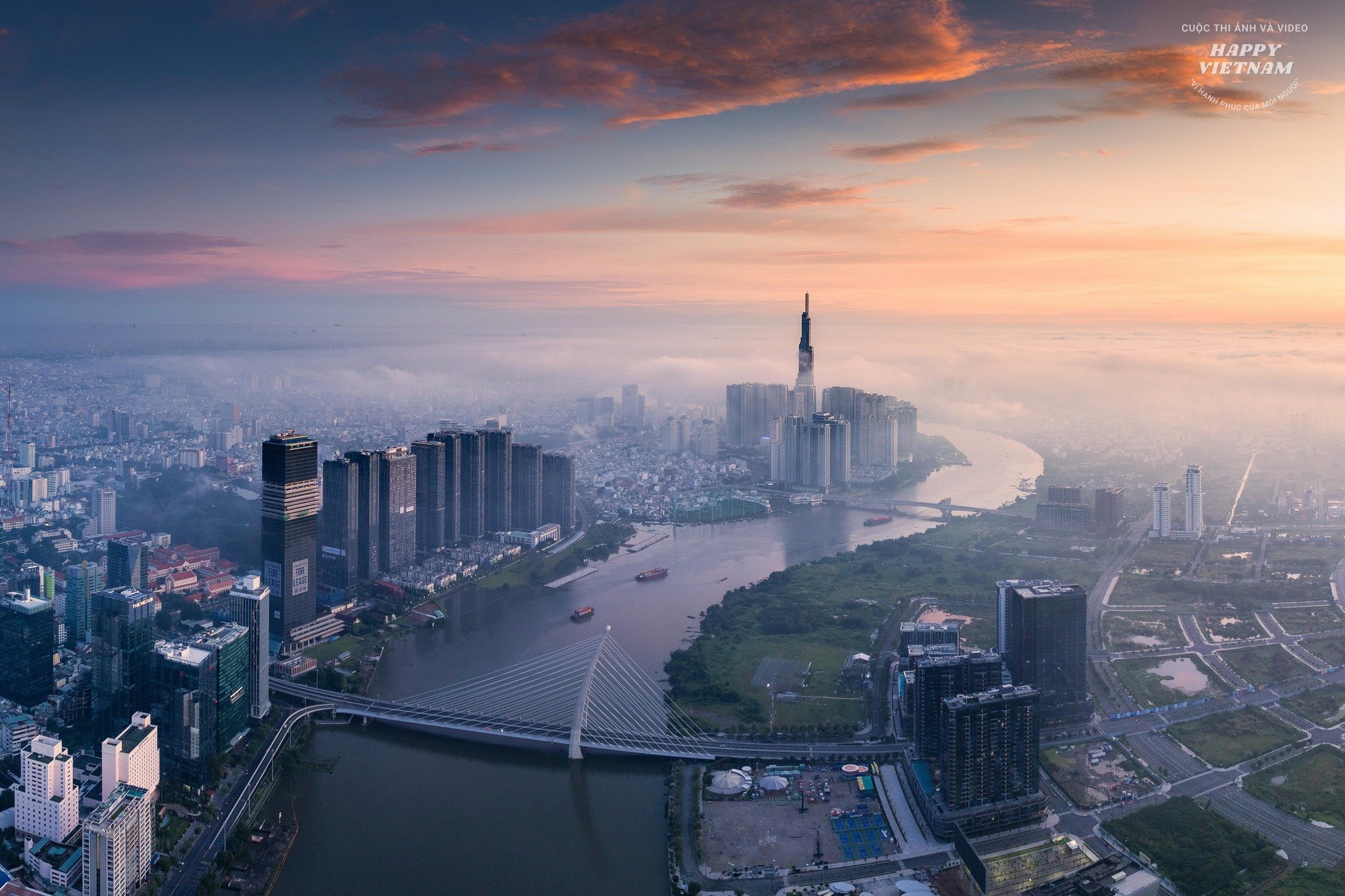
![[Photo] More areas of Thuong Tin district (Hanoi) have clean water](https://vstatic.vietnam.vn/vietnam/resource/IMAGE/2025/4/29/55385dd6f27542e788ca56049efefc1b)
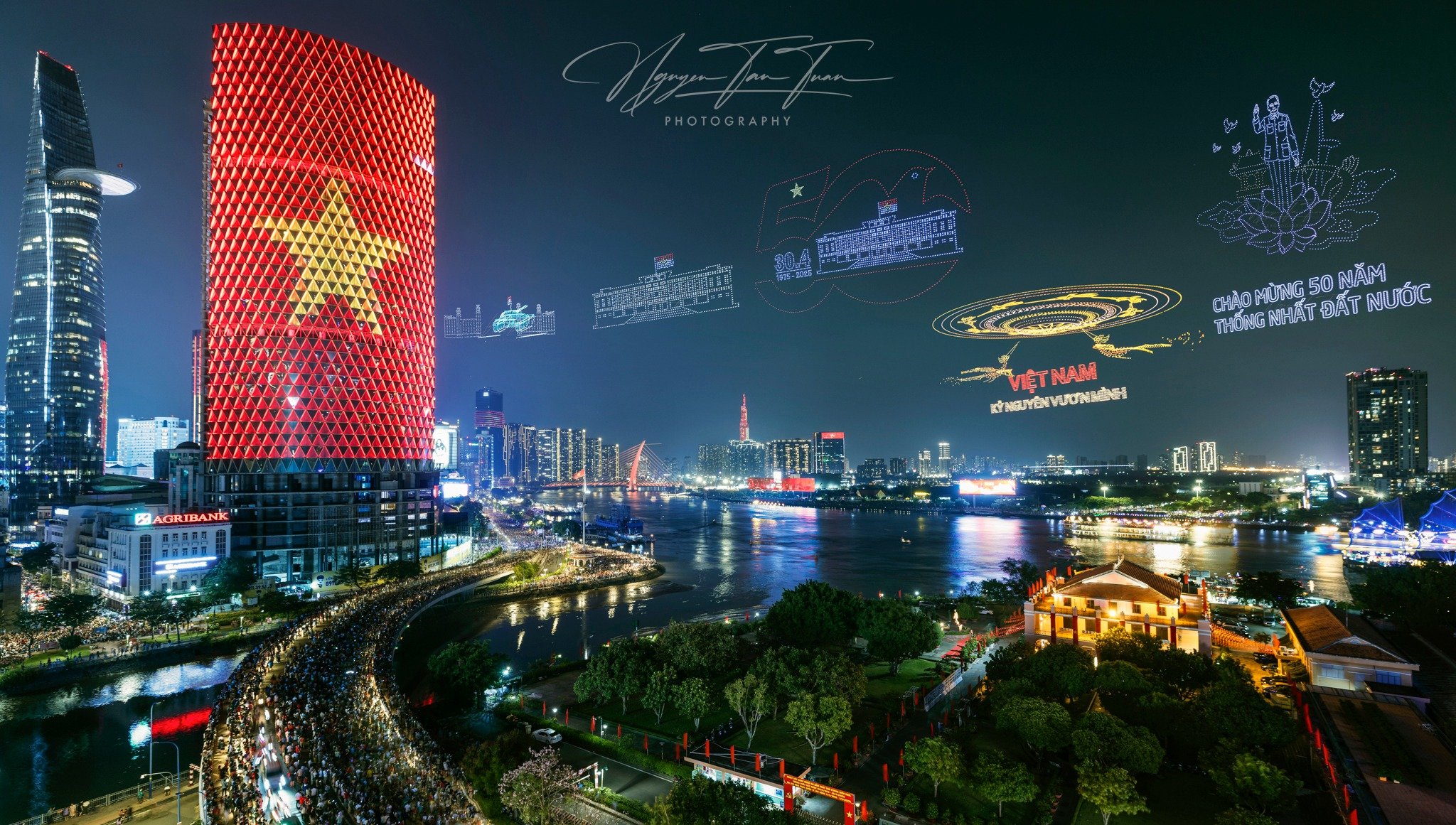
![[Photo] Prime Minister Pham Minh Chinh and Japanese Prime Minister Ishiba Shigeru visit the National Museum of History](https://vstatic.vietnam.vn/vietnam/resource/IMAGE/2025/4/29/93ae477e0cce4a02b620539fb7e8aa22)
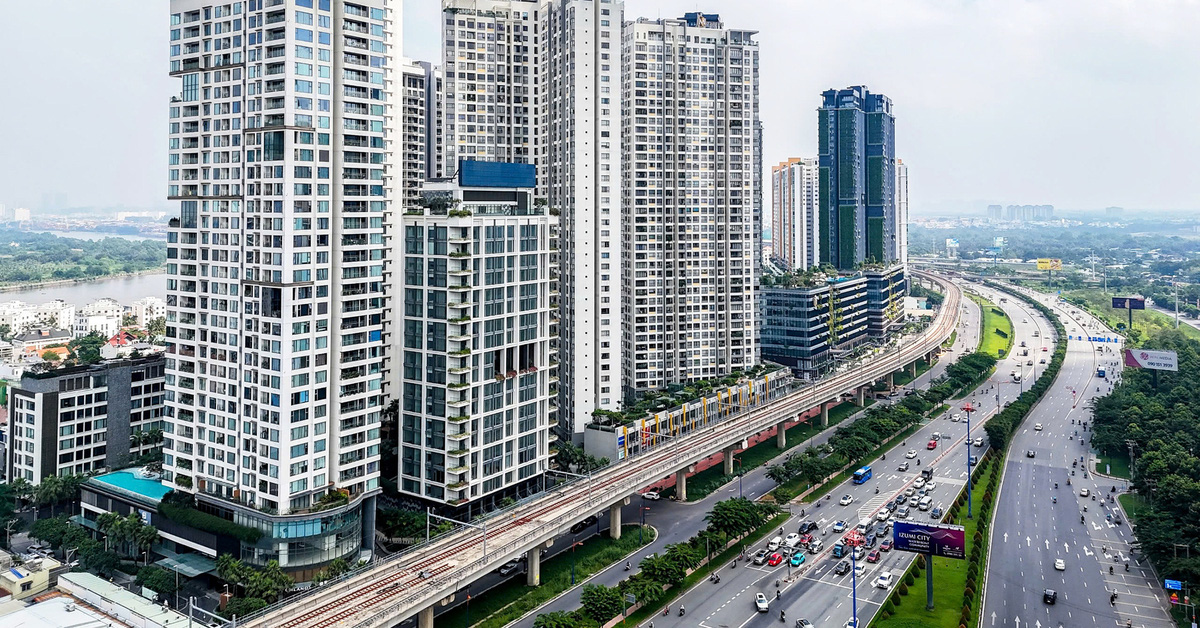

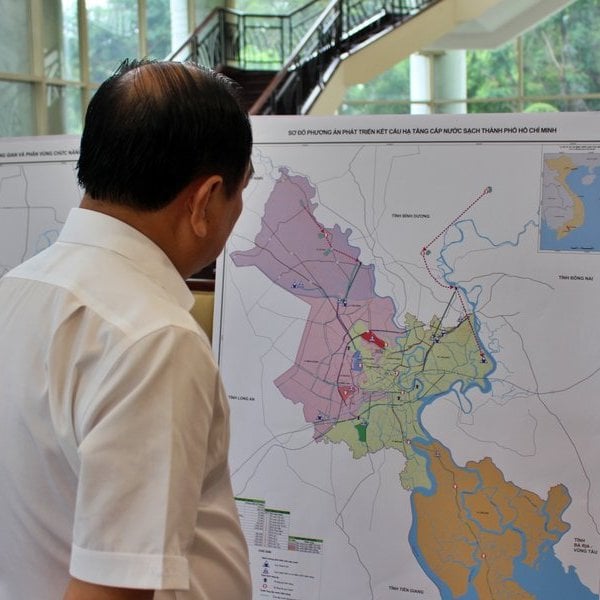

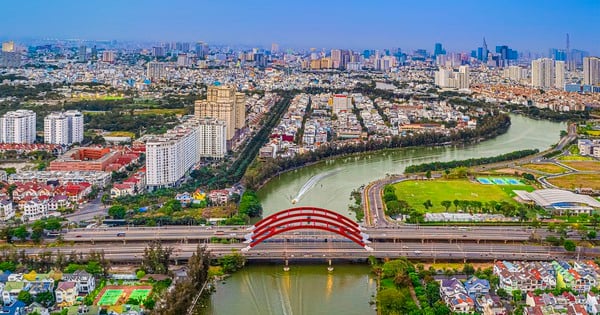

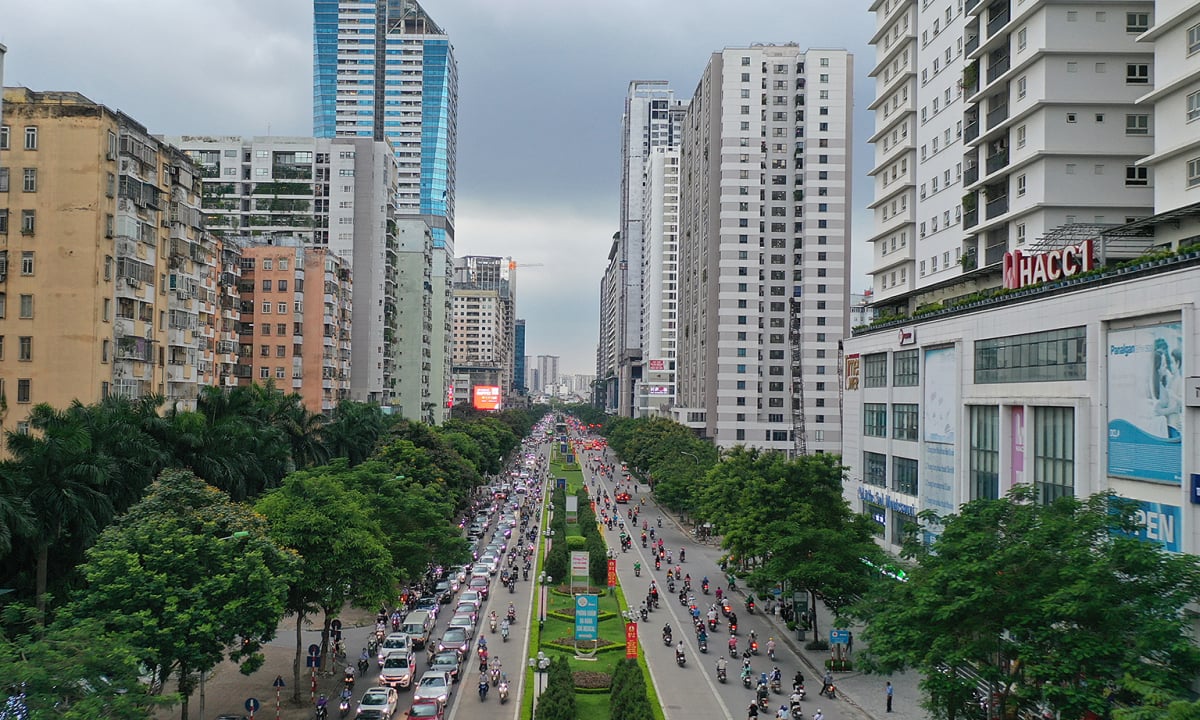

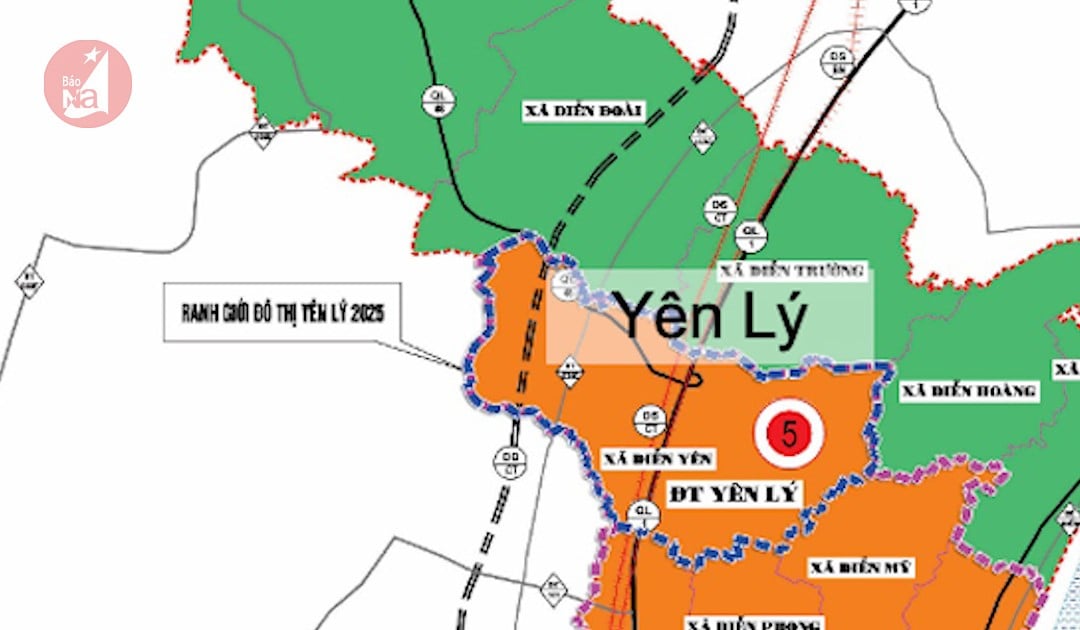



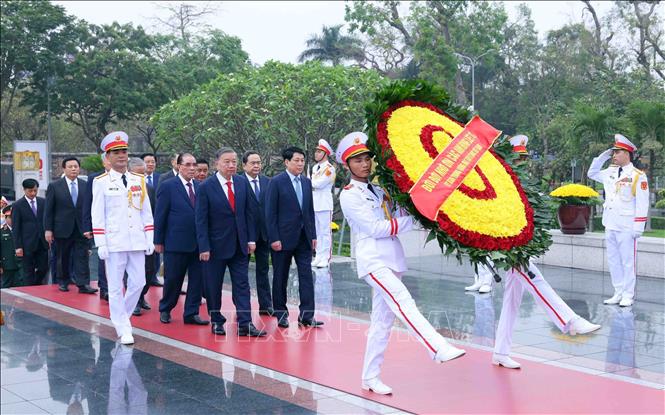
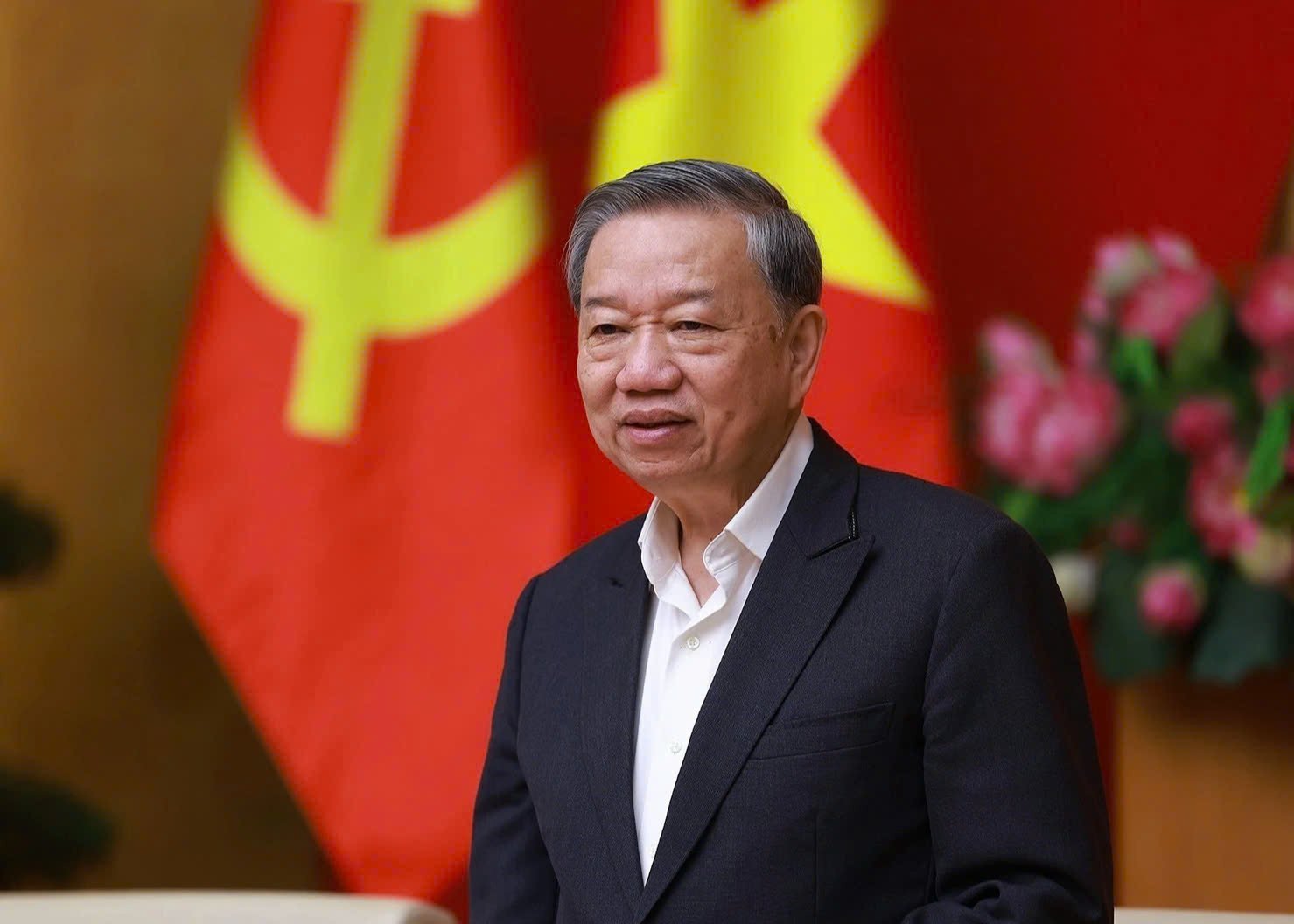
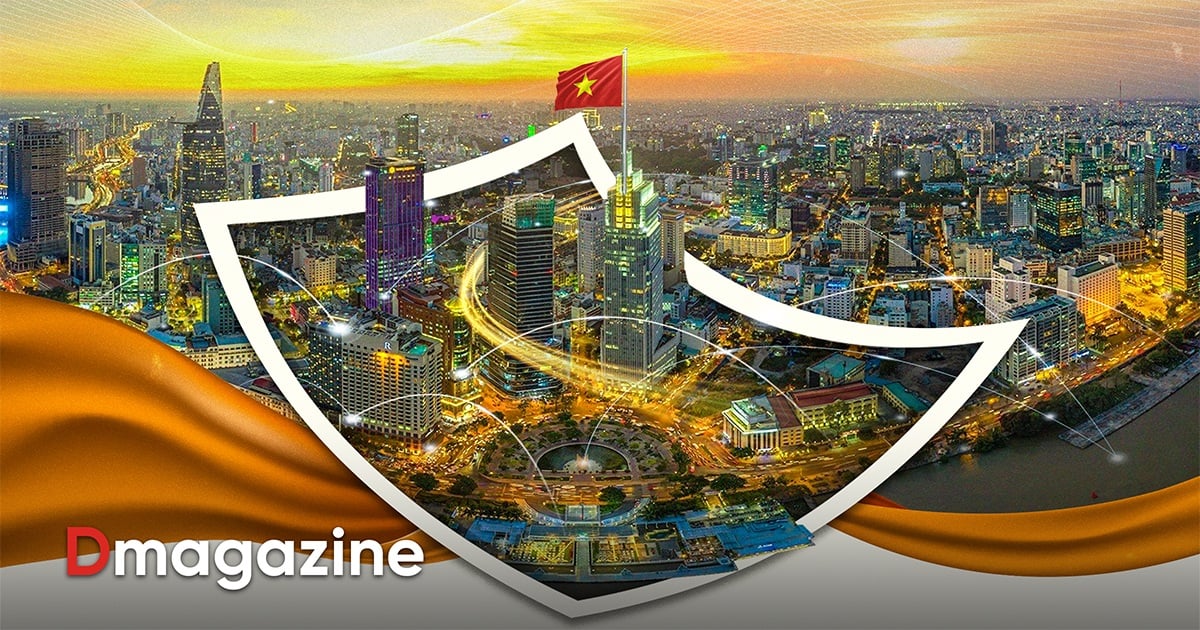
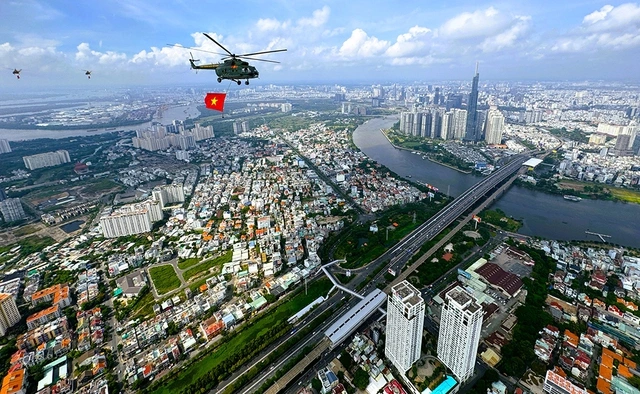




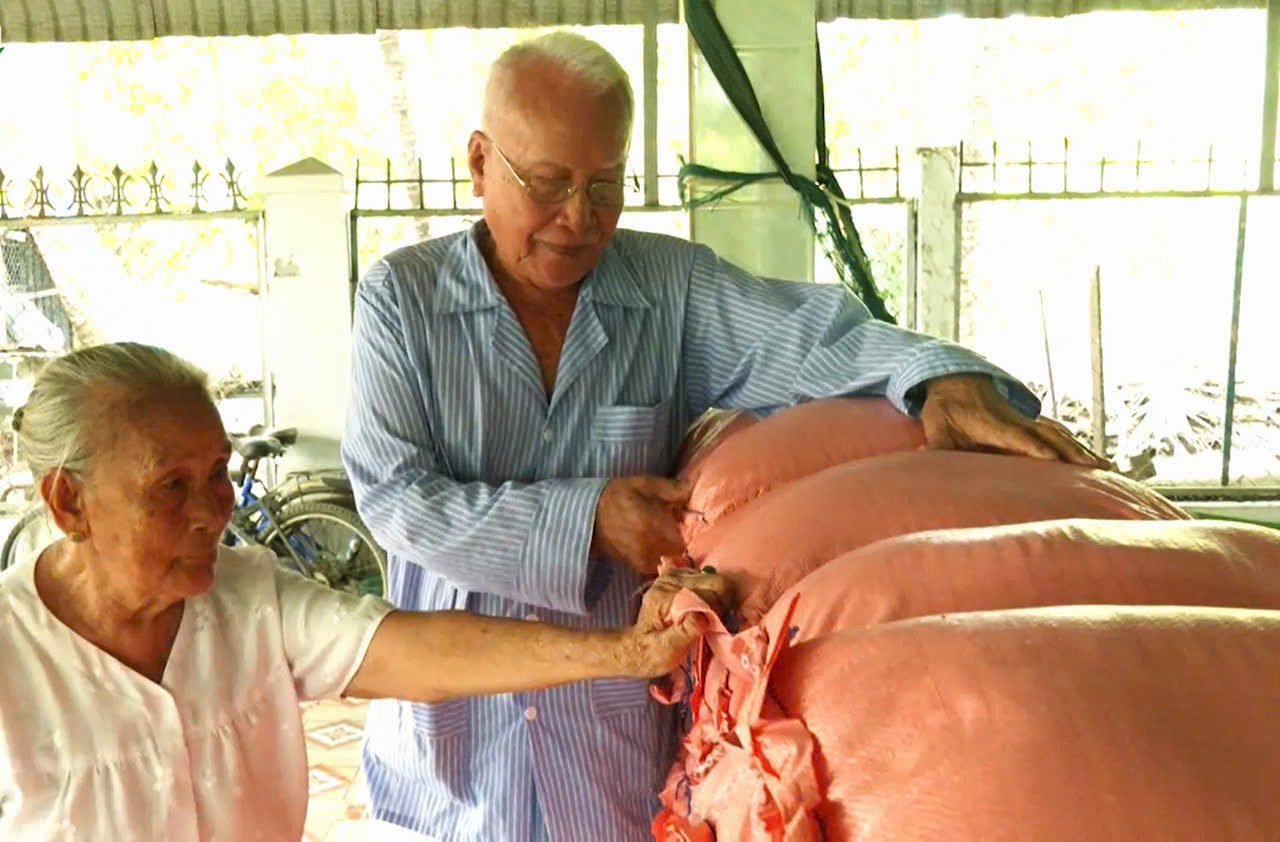



![[Photo] Prime Minister Pham Minh Chinh receives Cambodian Minister of Commerce](https://vstatic.vietnam.vn/vietnam/resource/IMAGE/2025/4/28/be7f31fb29aa453d906df179a51c14f7)
![[Photo] Prime Minister Pham Minh Chinh and Japanese Prime Minister Ishiba Shigeru attend the Vietnam - Japan Forum](https://vstatic.vietnam.vn/vietnam/resource/IMAGE/2025/4/29/fc09c3784d244fb5a4820845db94d4cf)




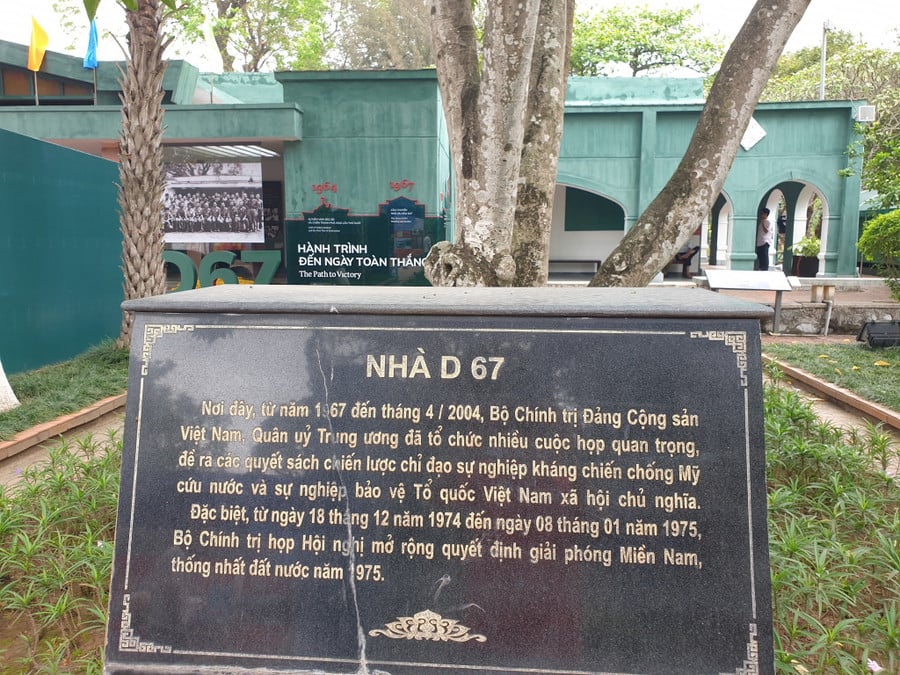

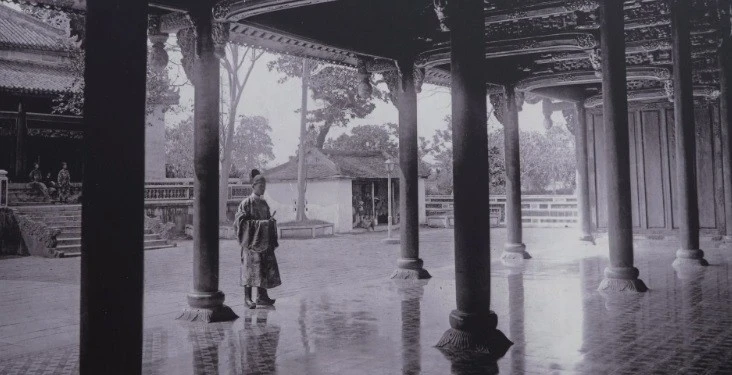
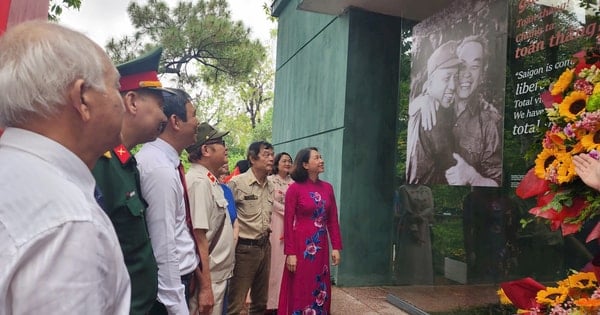

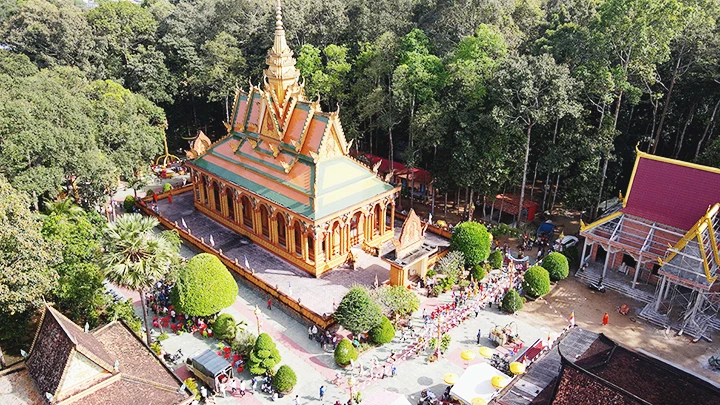














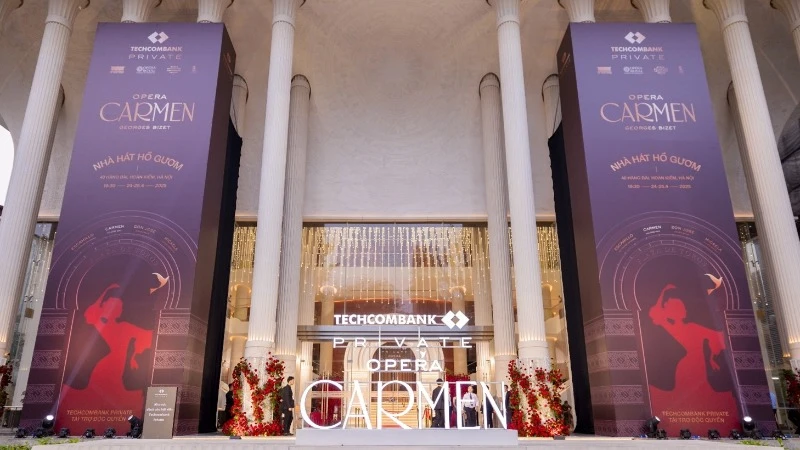

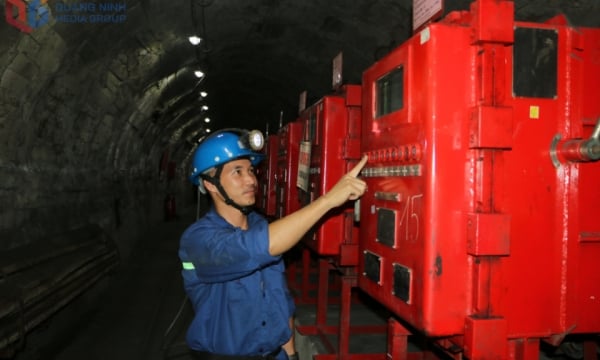





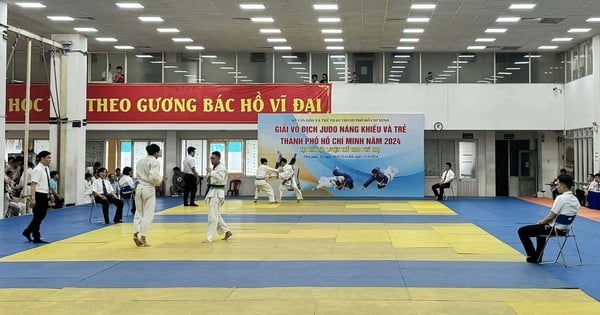

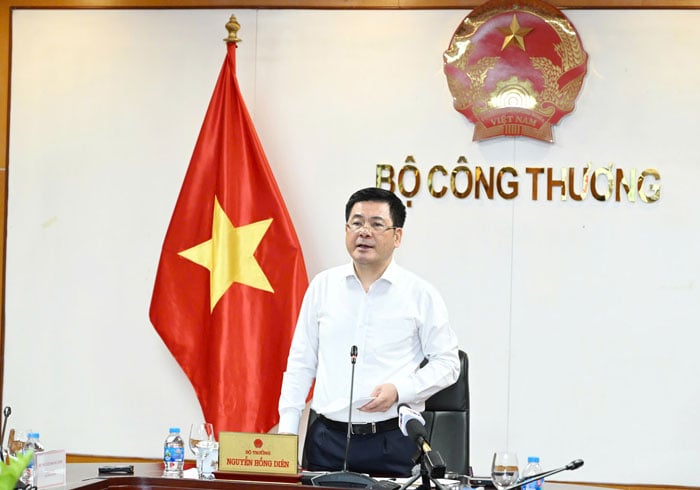


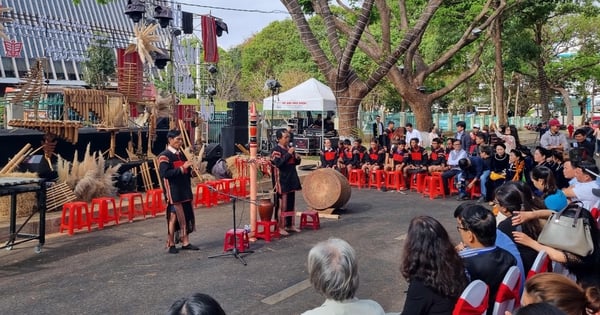
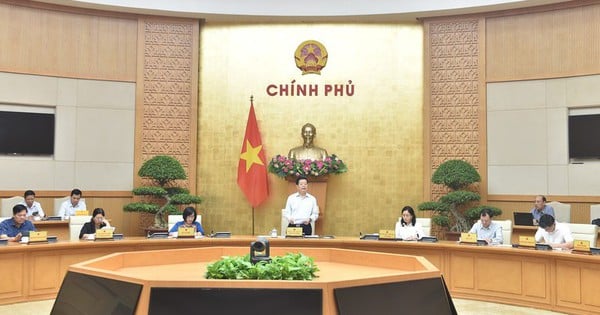
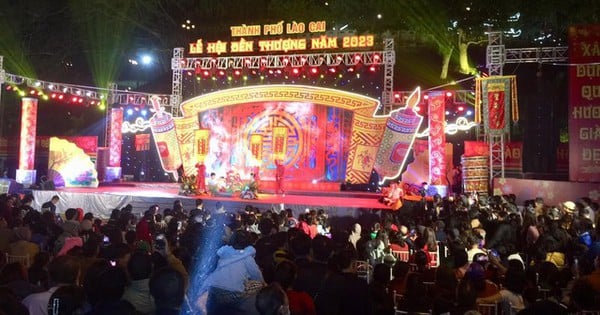
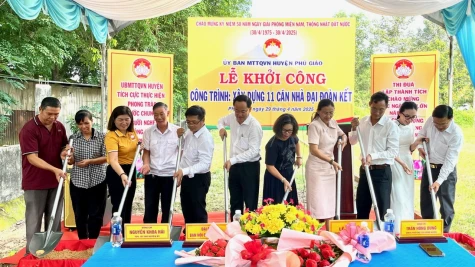

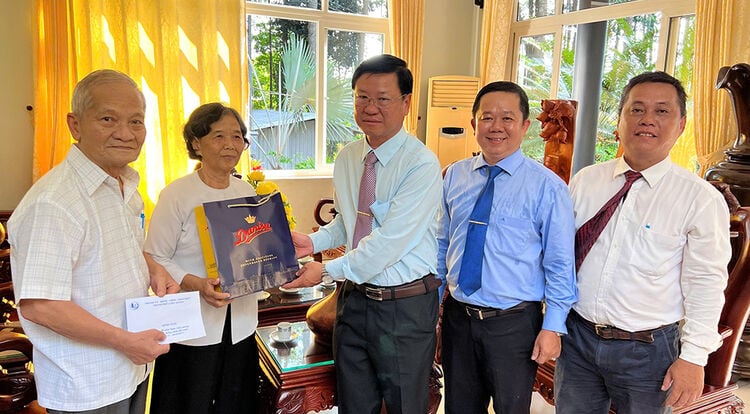

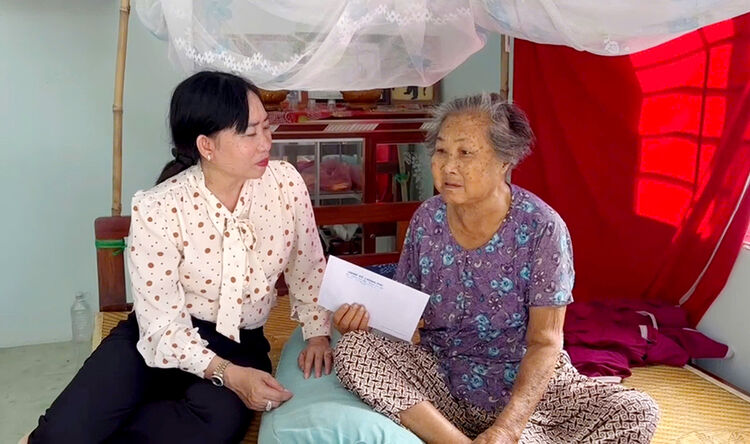

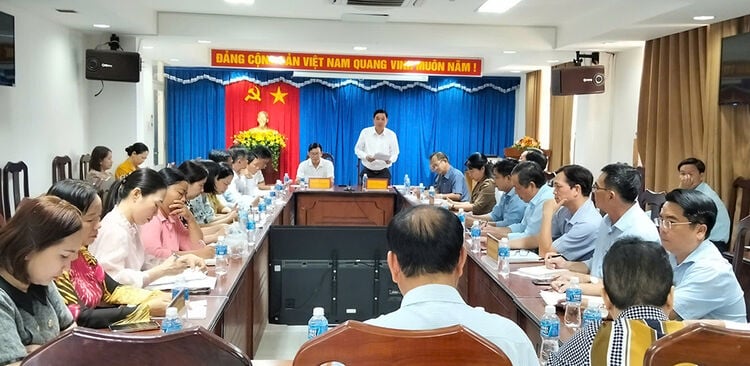
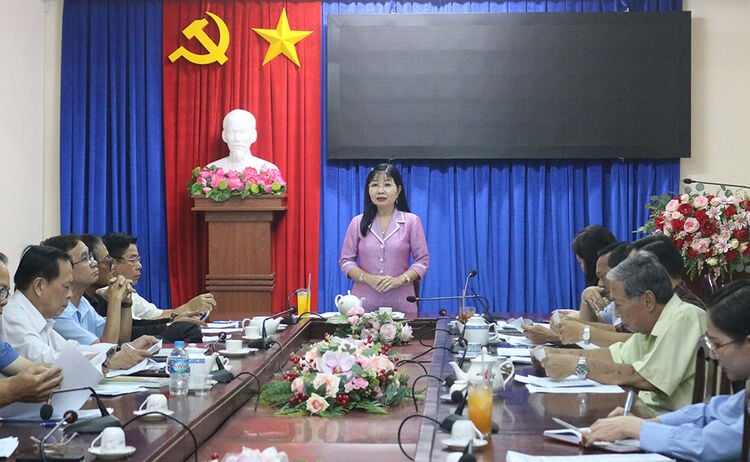
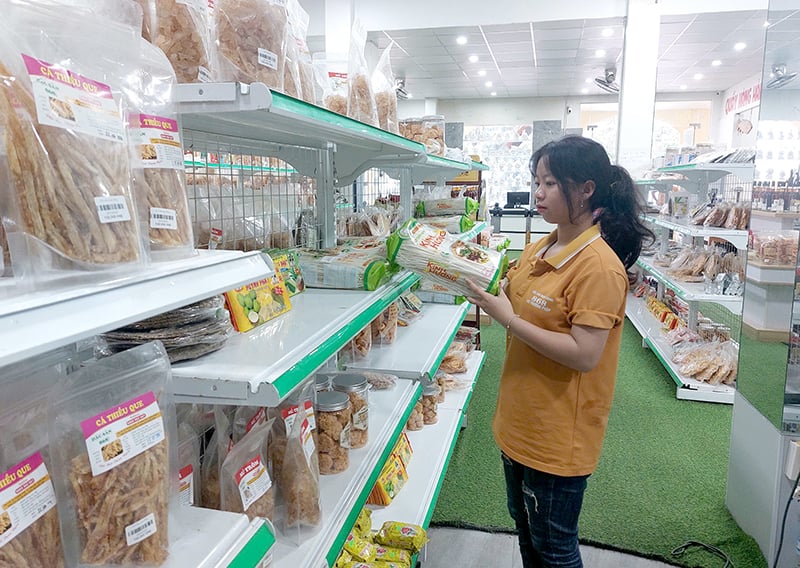

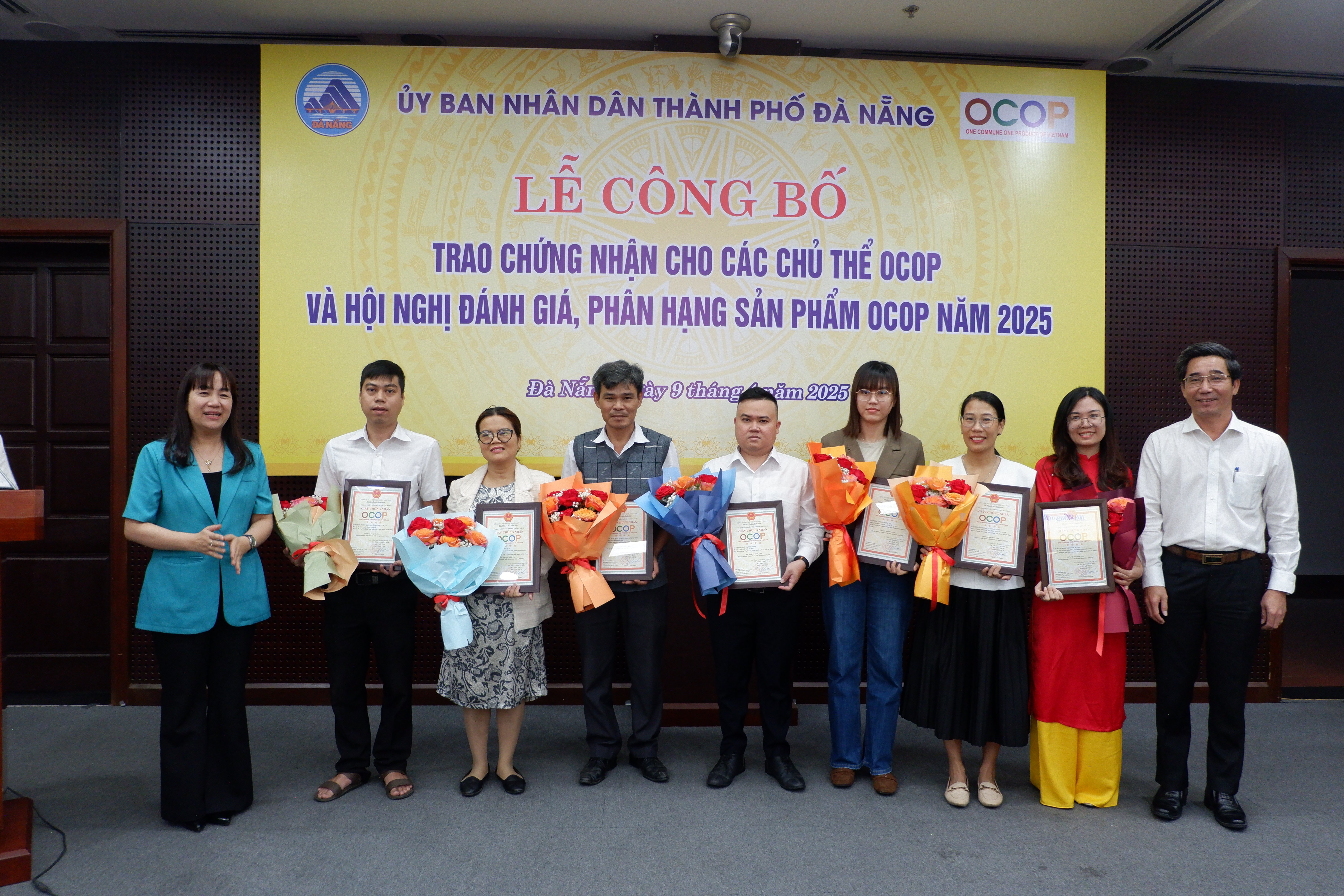


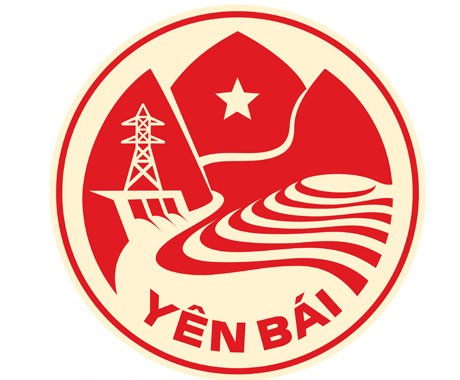
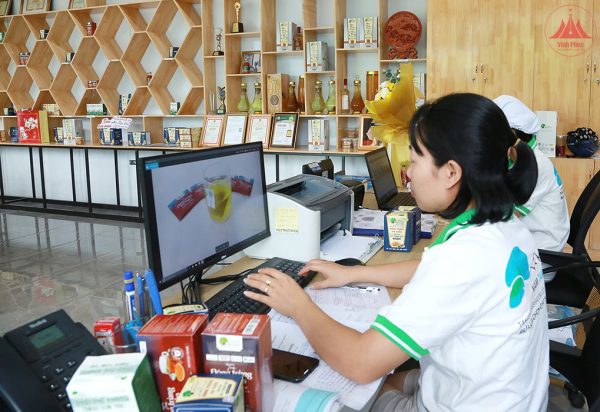



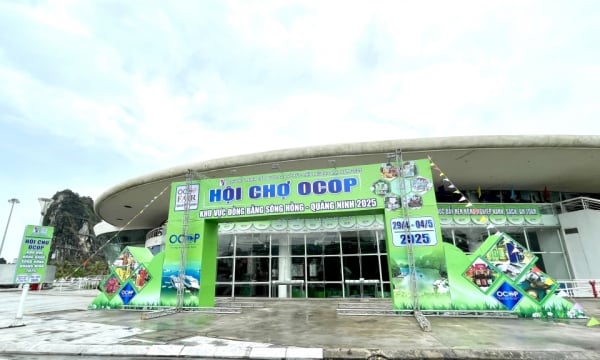
Comment (0)